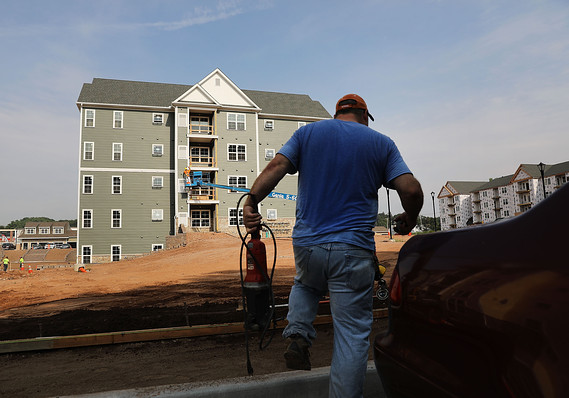 Getty Images
Getty Images
The labor market has been a bedrock for the economy during destabilizing trade fights with China and other countries, but it needs to stay strong to help the U.S. stave off the first recession in a decade. Here’s what to watch in the employment report for May.
The prediction
The economy likely added 185,000 new jobs in May, keeping the U.S. unemployment rate at nearly 50-year low of 3.6%, according to economists polled by MarketWatch. The government will release the report at 8:30 a.m. Eastern on Friday morning.

Conflicting signals
The smallest increase in new jobs in nine years in a separate report compiled by check processor ADP has raised questions about whether there’s a hiring freeze underway. ADP said only 27,000 people were hired in the private sector in May.
Yet ADP is not always a reliable guide to the government’s monthly employment report. In February, for example, ADP said 183,000 private-sector jobs were created. The government initially said 25,000.
Other employment indicators have remained more positive. Layoffs were extremely low in May and employment improved in both the manufacturing and service sectors of the economy, a pair of ISM surveys showed.
Growing labor shortages
If there is a big dropoff in hiring, slower economic growth and rising trade policy tensions might not be the reason. Companies increasingly say they cannot find enough workers regardless of skill level.
“Tight labor was widely blamed for subduing stronger employment gains,” the Minnesota Federal Reserve said. “Contacts indicated that the labor market was tight and that they had difficulty filling positions at all skill levels,” the Chicago Fed said.
Read: Economy grew at ‘moderate pace’ in late spring, more upbeat Fed Beige Book finds
Also Read: Fed’s Bullard says FOMC may have to cut rates soon due to trade wars
What’s up with pay?
The pace of hourly wage growth has leveled off at just over 3% after several years of steady increases. Even when confronting labor shortages and the lowest unemployment in decades, companies are still finding ways to control overall compensation costs.
Don’t expect much if any change in May. The yearly pace of wage gains is likely to stay at 3.2%.
Potential highs and lows
Manufacturers have barely added any new jobs in the past three months and employment in the retail industry has declined in 2019. Hiring is likely to remain weak to nonexistent in both areas.
Employment in government could get a small boost from hiring for the 2020 Census.
A good May employment number above 150,000 is likely to soothe stock market sentiment DJIA, +0.93% SPX, +0.85% but a small increase closer to the ADP result could send investors running for cover and force the Fed to cut interest rates soon.








